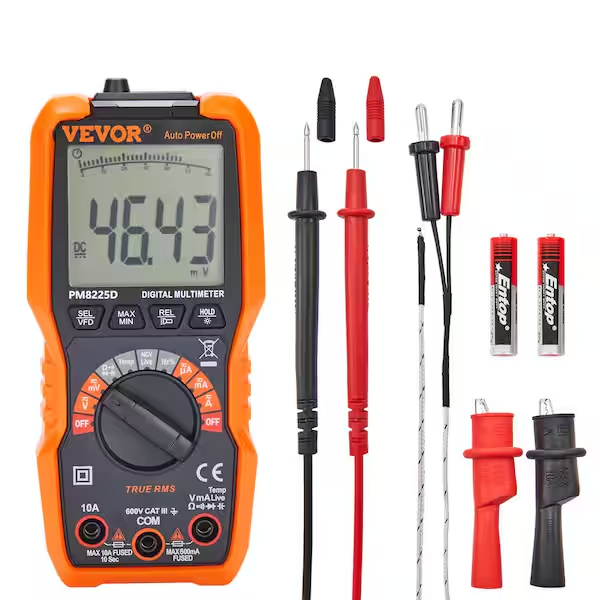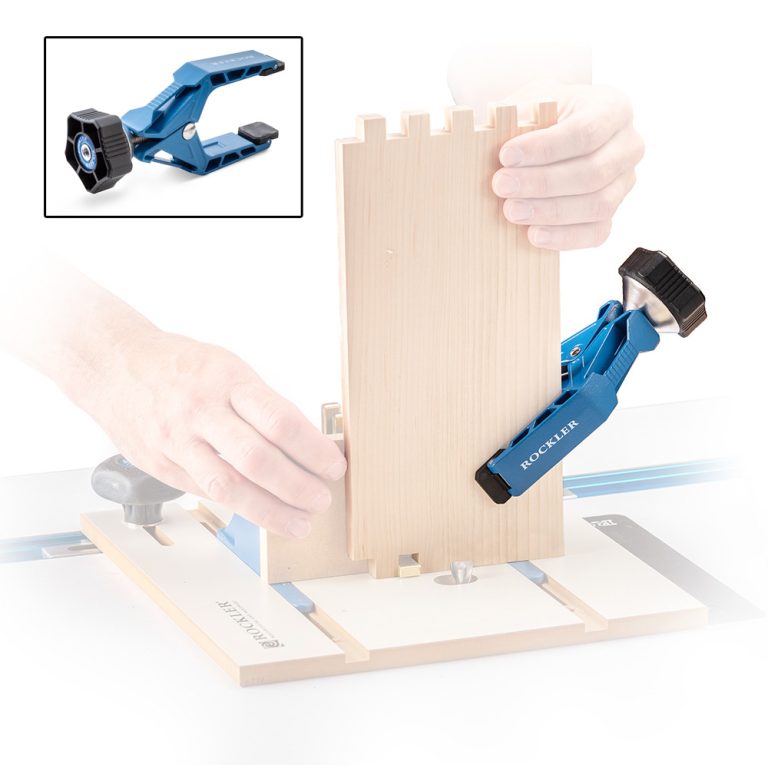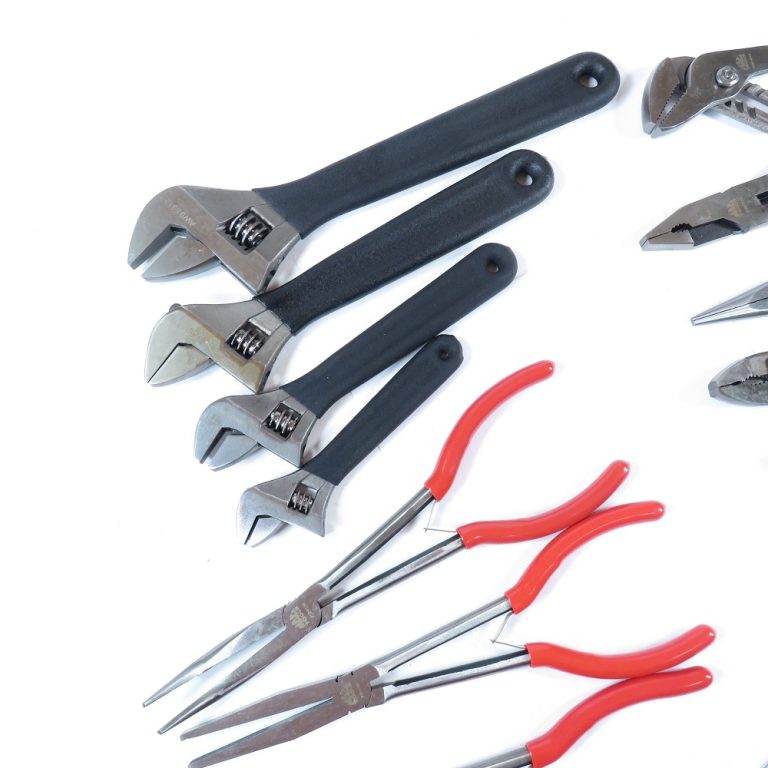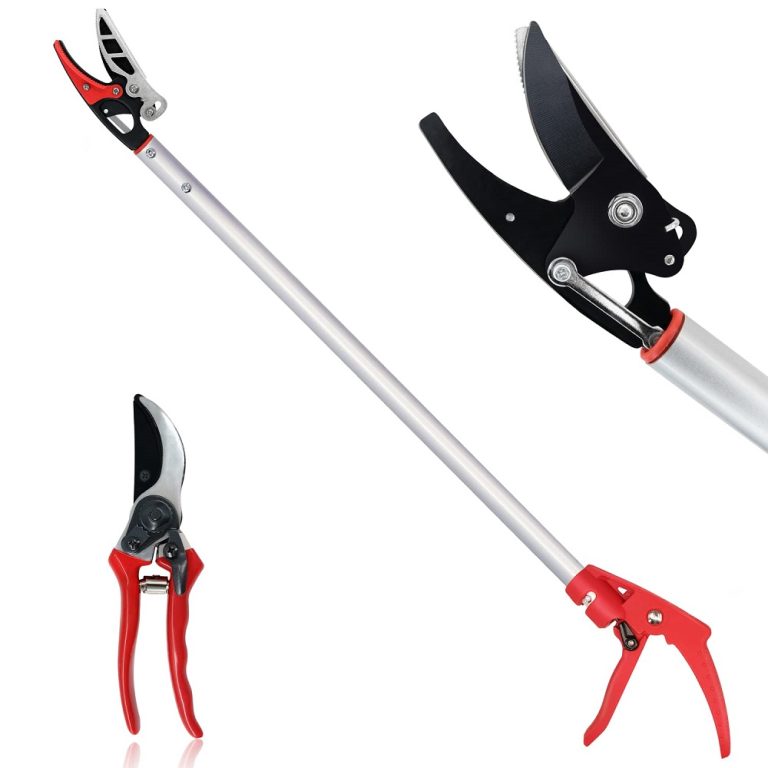Digital Multimeters: The Essential Tool for Electrical Diagnostics and Measurement
Digital multimeters have revolutionized the world of electrical testing and measurement, offering unprecedented accuracy, versatility, and ease of use. These compact devices serve as indispensable tools for professionals and hobbyists alike, providing critical insights into electrical systems, components, and circuits. From basic voltage checks to complex troubleshooting tasks, digital multimeter empower users to diagnose, analyze, and maintain a wide range of electrical and electronic equipment. This comprehensive guide explores the features, functions, and applications of digital multimeters, highlighting their importance in modern electrical work.
Understanding Digital Multimeters: Basic Principles and Functionality
Digital multimeters, often abbreviated as DMMs, function as electronic measuring instruments that combine several measurement functions in one unit. At their core, DMMs utilize analog-to-digital converter (ADC) technology to transform analog electrical signals into digital readings, displayed on an easy-to-read screen. This digital approach offers significant advantages over traditional analog meters, including higher accuracy, better resolution, and the ability to measure a wider range of values.
Most digital multimeters can measure voltage (volts), current (amperes), and resistance (ohms) at a minimum, with many models offering additional functions such as capacitance, frequency, temperature, and continuity testing. The user interface typically consists of a rotary switch for selecting measurement functions, input jacks for connecting probes, and a digital display. Advanced models may include features like auto-ranging, which automatically selects the appropriate measurement range, and data hold, which freezes the display for easier reading in challenging environments. The integration of these features into a portable, battery-powered device makes digital multimeters incredibly versatile and user-friendly tools for electrical diagnostics and measurement.
Key Features and Functions of Modern Digital Multimeters
Modern digital multimeter boast an array of features designed to enhance functionality, accuracy, and safety. Auto-ranging capability stands out as a significant advancement, eliminating the need for manual range selection and reducing the risk of measurement errors. True RMS (Root Mean Square) measurement enables accurate readings of non-sinusoidal waveforms, crucial for working with complex electrical systems and power electronics. Many DMMs now include non-contact voltage detection, allowing users to quickly check for the presence of live AC voltage without direct contact. Backlit displays improve visibility in low-light conditions, while large digit displays enhance readability from a distance.
Safety features play a crucial role in modern DMM design, with high-energy fuses, overvoltage protection, and CAT (Category) ratings ensuring user safety when working on various electrical systems. Data logging capabilities in advanced models allow for the recording and analysis of measurements over time, facilitating trend analysis and intermittent fault detection. Some digital multimeters incorporate wireless connectivity, enabling remote monitoring and data transfer to smartphones or computers. Specialized functions like low impedance (LoZ) mode help eliminate ghost voltages in certain electrical systems, while peak hold captures rapid signal fluctuations. These features, combined with rugged construction and long battery life, make modern digital multimeters powerful and versatile tools for a wide range of electrical and electronic applications.
Selecting the Right Digital Multimeter for Your Needs
Choosing the appropriate digital multimeter requires careful consideration of several factors, including intended use, required accuracy, safety features, and budget. For basic household electrical work and hobbyist electronics, an entry-level DMM with standard voltage, current, and resistance measurement capabilities may suffice. However, professionals working in industrial settings or on complex electronic systems may require more advanced features such as True RMS measurement, higher resolution, and expanded measurement ranges.
Safety ratings play a crucial role in selection, especially for those working on high-energy systems. CAT III and CAT IV ratings indicate suitability for use on distribution-level and utility-level electrical systems, respectively. Accuracy specifications, typically expressed as a percentage of the reading plus a number of least significant digits, should match the precision requirements of the intended applications.
Additional factors to consider include the device’s input impedance, which affects measurement accuracy on sensitive circuits, and the sampling rate, important for capturing fast-changing signals. Durability features like rubber holsters, water resistance, and drop protection become vital for tools used in harsh environments. For specialized applications, such as automotive diagnostics or HVAC work, multimeters with specific functions like RPM measurement or temperature probes may be necessary. By carefully evaluating these factors and matching them to specific needs, users can select a digital multimeter that provides reliable, accurate measurements and enhances their work efficiency.
Mastering Basic Measurements: Voltage, Current, and Resistance
Proficiency in performing basic electrical measurements forms the foundation of effective digital multimeter use. Voltage measurement, one of the most common DMM functions, requires parallel connection to the circuit under test. For DC voltage, proper polarity must be observed, while AC voltage measurement often utilizes auto-polarity features. Current measurement, which necessitates breaking the circuit and inserting the meter in series, demands extra caution due to the potential for high current flow.
Many DMMs include separate input jacks for high-current measurements to protect the internal circuitry. Resistance measurements, performed on de-energized circuits, provide insights into component health and circuit continuity. The auto-ranging feature simplifies these measurements by automatically selecting the appropriate range, though manual range selection may offer faster response in some situations. When measuring resistance in-circuit, users must be aware of parallel paths that can affect readings.
Continuity testing, an extension of resistance measurement, provides audible confirmation of low-resistance connections, facilitating quick checks of wiring and connections. For all these measurements, proper probe placement and secure connections are crucial for accurate results. Users should always start with the highest range when measuring unknown values to protect the meter and gradually decrease the range for improved resolution. Regular practice with these basic measurements builds confidence and skill, enabling users to tackle more complex diagnostic tasks effectively.
Advanced Measurement Techniques and Specialized Functions
Beyond basic measurements, digital multimeters offer a range of advanced techniques and specialized functions that expand their utility across various applications. Capacitance measurement allows for testing of capacitors and troubleshooting timing circuits, while frequency measurement proves invaluable in audio and RF applications. Diode testing mode applies a small current to assess semiconductor junctions, aiding in the diagnosis of faulty components. Temperature measurement, available on many DMMs via thermocouple probes, extends the device’s usefulness into HVAC and automotive diagnostics.
Advanced users leverage relative mode to perform differential measurements, canceling out background values for more precise readings. The min/max recording function captures extreme values over time, useful for monitoring fluctuating signals or intermittent faults. Some DMMs feature low-pass filters to eliminate high-frequency noise when measuring on variable frequency drives or in noisy environments.
For automotive applications, specialized functions like dwell angle and RPM measurement assist in engine timing adjustments. Peak hold captures transient maximum values, crucial for analyzing inrush currents or voltage spikes. In industrial settings, 4-20mA loop current measurement facilitates the testing of process control signals. Mastering these advanced functions and techniques significantly enhances the DMM’s versatility, enabling users to tackle a wider range of diagnostic and measurement tasks across various fields.
Safety Considerations and Best Practices in DMM Usage
Safety stands paramount when using digital multimeters, especially when working with high-energy electrical systems. Users must always respect the voltage and current limitations of their DMM, adhering to the device’s CAT rating for different measurement environments. Proper use of safety-rated test leads, with intact insulation and appropriate probe tips, is crucial for preventing electrical shocks. Before each use, visual inspection of the meter and leads for damage ensures safe operation. When measuring unknown voltages, starting with the highest range and working downwards protects both the user and the instrument.
For current measurements, verifying that the meter is properly set up for high current and inserted correctly into the circuit prevents potentially dangerous situations. Users should keep hands behind the probe’s finger guards and avoid touching exposed metal parts of the probes during measurements. In high-energy environments, the use of appropriate personal protective equipment (PPE) complements the DMM’s built-in safety features.
Awareness of the limitations of non-contact voltage detectors is crucial, as they may not detect all types of live voltages. Regular calibration and testing of the DMM’s protective features, such as fuses and input protection circuits, ensure continued safe operation. Education on electrical safety principles and specific DMM safety features plays a vital role in preventing accidents. By consistently following these safety considerations and best practices. Users can confidently utilize their digital multimeters while minimizing risks associated with electrical work.
Troubleshooting and Diagnostics with Digital Multimeters
Digital multimeter serve as powerful diagnostic tools across a wide range of applications, from simple household repairs to complex industrial troubleshooting. In residential settings, DMMs help identify faulty outlets, diagnose lighting issues, and verify the proper operation of appliances. For automotive diagnostics, multimeters prove invaluable in testing battery health, alternator output, and various sensors and actuators. In electronics repair, DMMs facilitate the identification of failed components, short circuits, and power supply issues.
Industrial maintenance technicians rely on DMMs to diagnose motor faults, verify control signals, and troubleshoot PLC (Programmable Logic Controller) systems. The ability to measure multiple electrical parameters allows for systematic fault-finding approaches, isolating problems through a process of elimination. For intermittent faults, data logging features capture variations over time, revealing patterns that might otherwise go unnoticed.
When troubleshooting complex systems, the DMM’s versatility allows technicians to quickly switch between different measurement types, streamlining the diagnostic process. Non-contact voltage detection helps identify live wires safely, while continuity testing rapidly verifies circuit integrity. In HVAC systems, temperature measurement combines with electrical diagnostics to provide comprehensive fault analysis. By leveraging the full range of DMM functions and applying logical troubleshooting methodologies. Technicians can efficiently diagnose and resolve a vast array of electrical and electronic issues across diverse fields.
Maintenance, Calibration, and Care of Digital Multimeters
Proper maintenance and care of digital multimeters ensure their longevity, accuracy, and reliability. Regular cleaning of the meter’s exterior, display. Input jacks prevents the buildup of dirt and contaminants that could affect measurements or safety. Battery replacement at the first sign of low power prevents inaccurate readings and potential damage from battery leakage. Storing the DMM in a clean, dry environment, preferably in a protective case, guards against physical damage and environmental stress.
Periodic inspection of test leads for wear, damage, or looseness at the probe tips or meter connections is crucial for maintaining measurement integrity and user safety. For professional-grade instruments, regular calibration is essential to ensure measurement accuracy. Calibration intervals vary depending on usage frequency and environmental conditions, but annual calibration is a common recommendation for many applications. Some advanced DMMs offer self-calibration features for certain functions, though these do not replace comprehensive calibration by certified laboratories.
Fuse replacement, when necessary, should always use manufacturer-specified fuses to maintain the meter’s safety characteristics. Users should familiarize themselves with the DMM’s manual, paying particular attention to any specific maintenance requirements or precautions. By implementing a consistent maintenance routine and adhering to manufacturer recommendations. Users can maximize the lifespan and performance of their digital multimeters, ensuring reliable measurements for years to come.
The Future of Digital Multimeters: Trends and Innovations
The evolution of digital multimeter technology continues to enhance their capabilities and ease of use. Wireless connectivity emerges as a significant trend, with Bluetooth and Wi-Fi-enabled DMMs allowing for remote monitoring. Data logging to smartphones or computers, and integration with other test instruments. This connectivity facilitates collaborative troubleshooting and enables the creation of comprehensive test reports. Augmented reality (AR) integration represents an exciting frontier, with some manufacturers exploring AR displays that overlay measurement data and diagnostic information directly onto the user’s field of view.
Improved display technologies, including larger, higher-resolution color screens, enhance readability and allow for graphical representation of measurements. Such as waveform display capabilities traditionally associated with oscilloscopes. Advancements in battery technology promise longer operational times between charges, with some models incorporating USB-C charging for convenience. The integration of artificial intelligence and machine learning algorithms may lead to DMMs that can provide diagnostic suggestions based on measurement patterns, assisting less experienced users in troubleshooting complex systems.
Environmental sustainability considerations are driving the development of more energy-efficient designs and the use of recyclable materials in DMM construction. As the Internet of Things (IoT) expands, DMMs may evolve to interface directly with smart devices and systems. Facilitating predictive maintenance and real-time monitoring of electrical systems. These innovations promise to further cement the digital multimeter’s position as an indispensable tool in the electrical and electronics fields. Continually adapting to meet the changing needs of professionals and enthusiasts alike.












